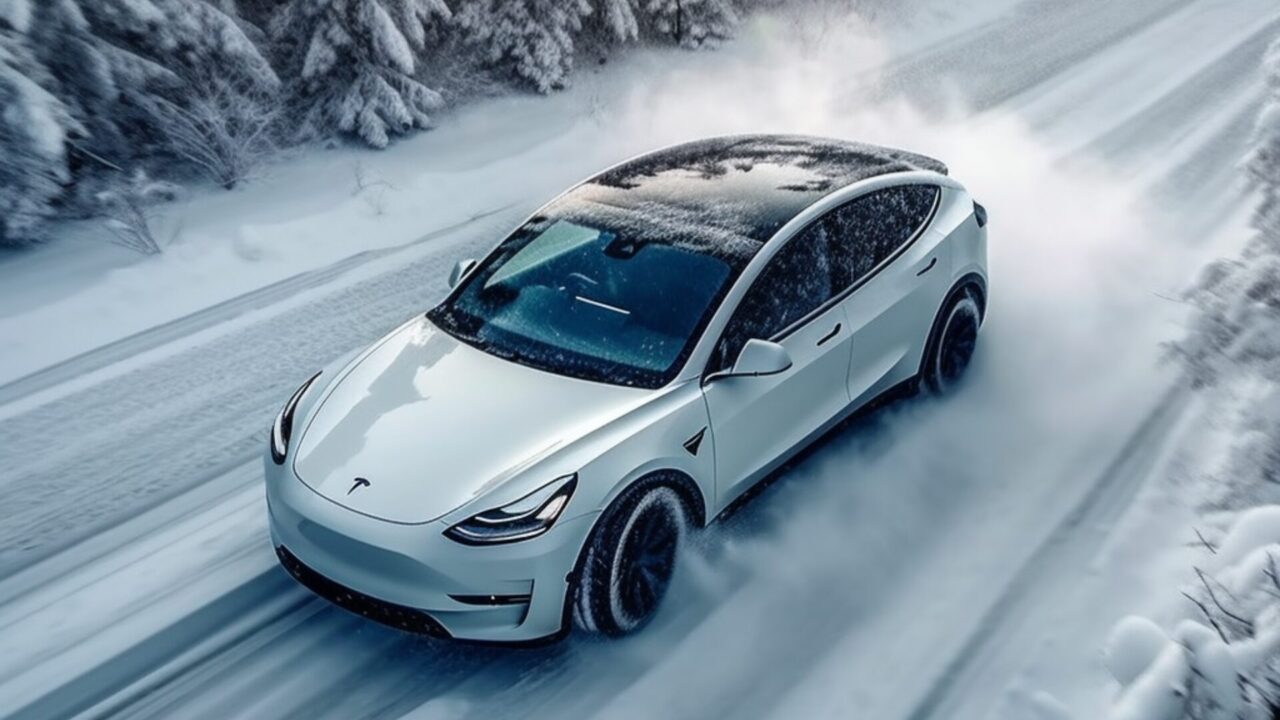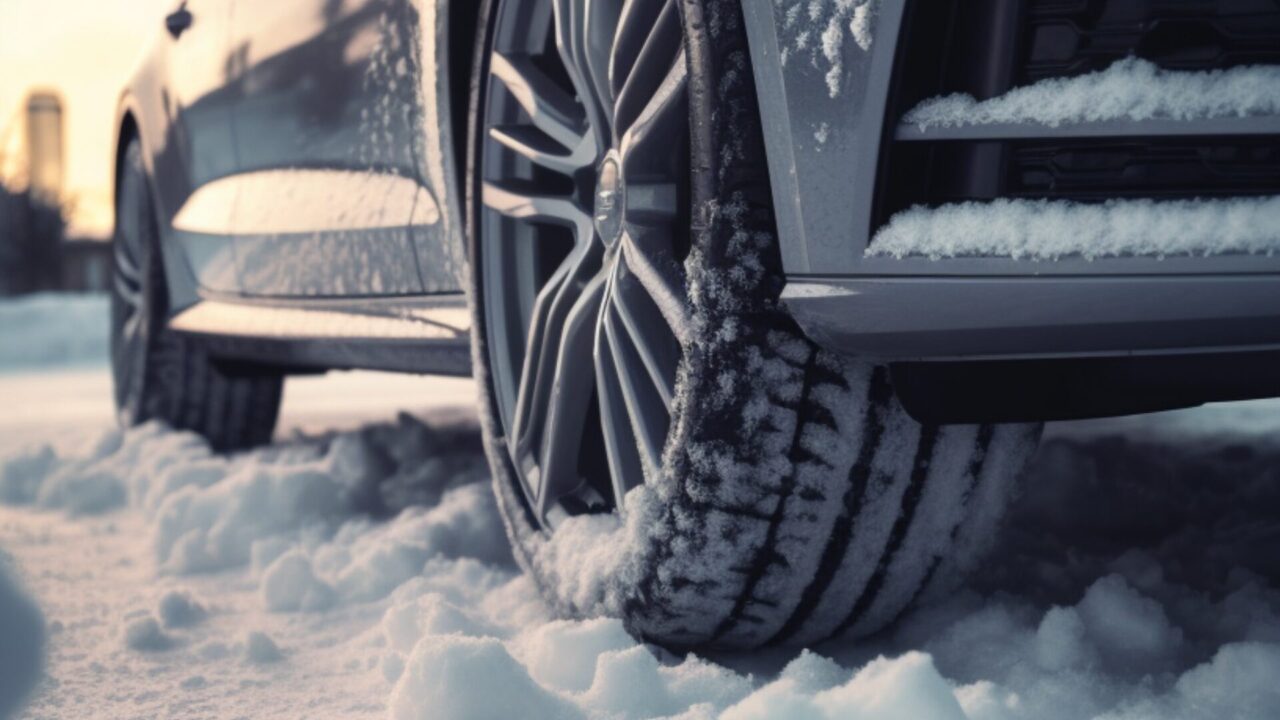How to stay safe and warm in your electric vehicle during severe UK winter weather. Our article offers essential tips and information for EV owners facing extreme weather conditions, ensuring you’re well-prepared.
If you’re considering driving an electric vehicle (EV) this winter, but are concerned about what to do if you get stranded, there are several important things to keep in mind.
Amid recent severe winter weather in the UK, new concerns have emerged about the reliability of electric vehicles (EVs) during extreme conditions. Many are questioning if EVs can offer warmth and safety for drivers stranded in winter storms. At CheapElectricCars.co.uk, we aim to address these concerns, ensuring that EV owners are well-informed and prepared.

Before we get into the details, it’s always wise, regardless of your vehicle type, to carry winter essentials like extra clothing to keep you warm, food or snacks, water, a shovel, a torch, a first-aid kit and any necessary medicines.
Keeping warm in your EV
The myth that EVs are less reliable than petrol cars in snow storms has been debunked. With a decent battery charge, an EV can keep you warm for several hours to days, similar to petrol vehicles with a near-empty tank.
In below-freezing winter weather, keeping a car interior temperature to 18 degrees C, a full battery capacity can keep passengers warm for nearly 2 days, only slightly less than a petrol vehicle with a full tank. An EV with a heat pump system can extend its warmth duration due to greater efficiency still further.
In preparation for winter travel, ensure your EV’s battery is as fully charged as possible and if stranded in an EV during winter, stay inside as much as you can to keep the heat in and keep the temperature inside to a moderate level while you wait for assistance.
Dealing with Roadside Emergencies
If you are having battery issues, it is good to remember that most EVs have two batteries and if either runs out, you may get stranded. Regular maintenance and keeping an eye on battery health are crucial. If the 12V battery dies, a jump start or replacement might be needed.
If your EV is running out of power, you’ll notice a warning message and a loss of power and usually a warning sound to indicate your battery is running low. When you are nearing zero range, you will need to find a safe place to stop so you can get assistance.
If you do run completely out on your hunt for a public charge point, you will likely need to call roadside assistance. Most now carry a generator which can give you a few more miles to get you to a charging point, otherwise, you’ll need a flatbed tow truck to take your EV to a charging network station. Towing EVs generally can’t be towed traditionally due to their motor design. If towing is needed, roadside assistance will use a flatbed tow truck to avoid damaging the electric motors.
If you get a flat tyre, EVs like most new cars, often don’t come with spare tyres, and have tyre repair foam to fill your tyre with, or again, contact a professional to help you get a new tyre.

In case of a collision, follow standard procedures to ensure everyone’s safety, call emergency services, exchange information, and document the scene with photographs if you can. Notify your insurance and the EV manufacturer, especially if there’s battery damage.
Contrary to the range anxiety, government data reveals that 99% of car journeys are under 100 miles which is well within the battery life range of the majority of electric vehicles on full charge. Addressing the question of EV range, the average range for an EV in the UK is around 211 miles, and higher-end models can even surpass 300 miles. This range is generally sufficient for daily use, especially with overnight charging when energy costs are lower.
If you need to use public charging then plan your route with charging stations in mind and use charging Apps like Zapmap, ABRP and Watts Up for planning trips, monitoring energy usage and finding charging stations. Check out our page here for more charging app information.
